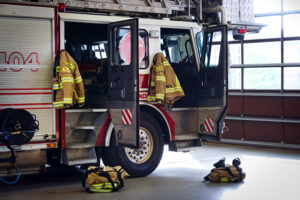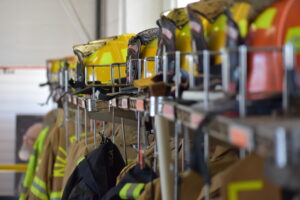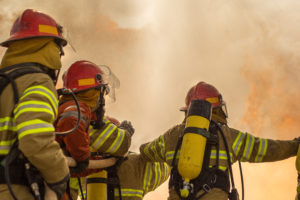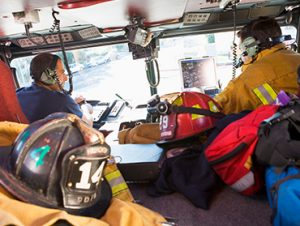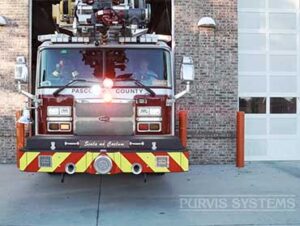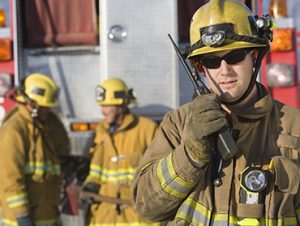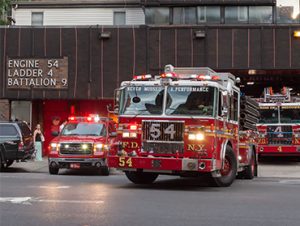Build Your System
Customize Your Alerting System
PURVIS’ interactive module guides you through all the available options for your alerting system. To use the tool, simply:
- View all of our available hardware, components, and features by clicking through each main tab one by one: Automated Dispatch, Station Alerting, Radio Alerting, etc.
- Within each tab, the “Overview” sub-tab gives you a visual perspective of the full system. Use each of the following sub-tabs to review system components, features, and benefits, and select your desired hardware or component by clicking the “Select” button.
- When you’ve gone through all 4 components of your alerting solution, review your selections in the “Summary” tab, where you can email and download all of your preferences.
Automated Dispatch Overview
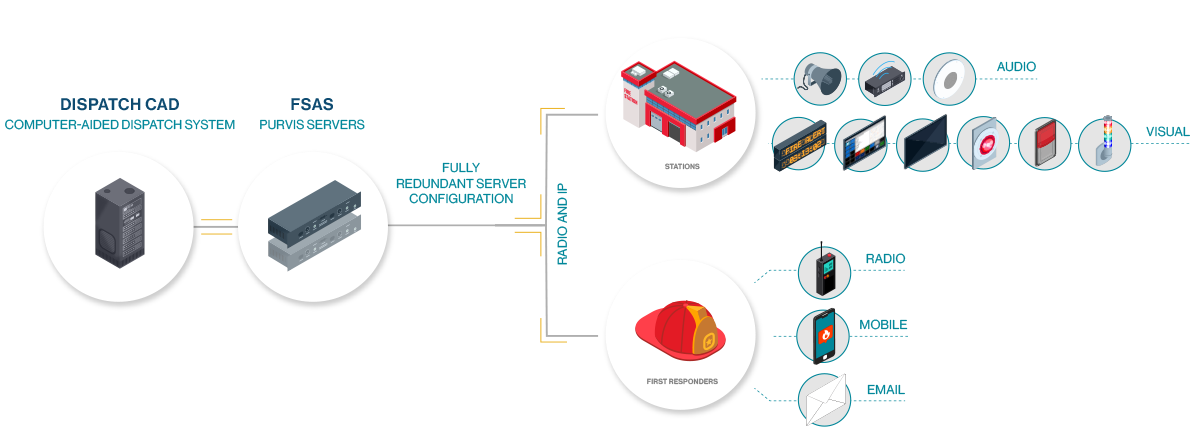
The PURVIS FSAS integrates seamlessly with a community’s computer-aided dispatch system (CAD) to automatically and nearly instantaneously deliver key incident details to necessary Fire and Rescue personnel. The PURVIS FSAS uses proven technology to convert dispatch data to natural sounding speech that is clear and easily understood. Automated announcements can be automatically broadcast over an existing radio network and simultaneously delivered to specific fire stations needed for a call. Key features include:
- Instantaneous delivery of incident notifications
- Automated Text-to-Speech technology that allows system administrators to quickly and easily modify pronunciations
- Integration with VHF, UHF, 700MHz, 800MHz, and P25 radio systems to provide automated voice, analog tones, digital tones and data transmission via radio
- Messaging and manual back-up alerting capabilities
- Built-in system management and monitoring
- High-availability design and implementation
Automated Dispatch (Servers)
The “brains†of the PURVIS FSAS, the Central Server maintains connectivity and configuration information, processes CAD data to provide automated dispatch over radio and to the fire stations, and self-monitors for system health and status. While it is possible to install the FSAS with a single server, the addition of a second server provides a superior level of redundancy. With two servers deployed, both operate simultaneously in “active-active†mode. In the event of planned or unplanned downtime of one, the system automatically notifies support personnel while seamlessly continuing all operations from the second server.
Central Servers can be physical servers, virtual servers, or a hybrid combination using one of each.
Physical Servers
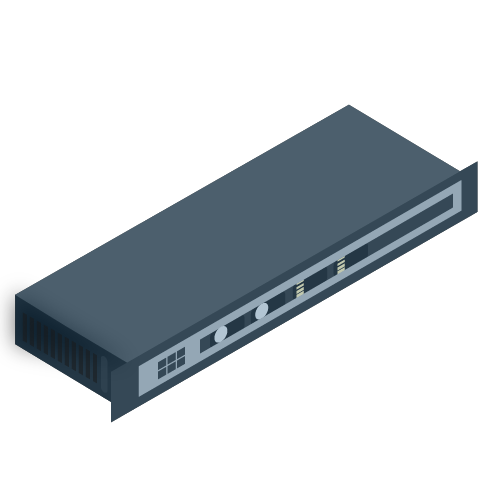
- Capable of supporting 100+ of stations
- Can be installed on your site in location(s) of your choice
- Easily expand to support a virtually unlimited number of stations
- Can be physically separated for geographic redundancy
Physical Servers

Features & Benefits
- The physical server is a Dell PowerEdge (or similar) 1-socket rack server able to process large amounts of data
- Two physical servers provide the same level of active/active redundancy as two virtual servers, or a hybrid server solution
- Capable of supporting 100+ of stations
- Can be installed on your site in location(s) of your choice
- Easily expand to support a virtually unlimited number of stations
- Can be physically separated for geographic redundancy
Virtual Servers
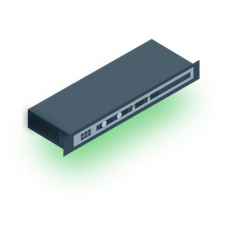
- Capable of supporting 100+ stations
- Expand to support a virtually unlimited number of stations
- Host virtually with no need to buy, install and maintain separate hardware
Virtual Servers

Features & Benefits
- Agencies that already have, or are planning to install, a virtual server environment can leverage those resources to host the PURVIS FSAS application and database without purchasing a physical server
- Two virtual servers provide the same level of active/active redundancy as two physical servers or a hybrid solution
- Capable of supporting 100+ stations
- Expand to support a virtually unlimited number of stations
- Provide cost-saving benefit; no need to buy, install and maintain separate hardware
Hybrid (Physical & Virtual Servers)

- Leverage existing resources to run PURVIS FSAS software
- Provide the same active/active level of redundancy as two physical servers or two virtual servers
- Capable of supporting 100+ stations
- Expand to support a virtually unlimited number of stations
Hybrid (Physical & Virtual Servers)

Features & Benefits
- For agencies with a virtual server environment that might have limited capacity, or for agencies who might like a backup server installed at a location outside of the virtual server environment
- Leverage existing resources to run PURVIS FSAS software
- Provide the same active/active level of redundancy as two physical servers or two virtual servers
- Capable of supporting 100+ stations
- Expand to support a virtually unlimited number of stations
- Install on-site & in customer environment
CAD Interface
For a fully automated alerting process, the PURVIS FSAS communicates with your CAD system. The CAD interface is what makes that communication possible. PURVIS engineers have deep experience interfacing the PURVIS FSAS with a variety of CAD Systems, including but not limited to: NexGen, Hexagon/Intergraph, Motorola (Edge/Spillman, PremierOne, Premier), Central Square (Inform, Superion ONESolution, CommandCAD, IMC), Tyler Technologies/New World, EnRoute, Southern Software, ProPhoenix, and Alpine Software/RedAlert.
PURVIS currently offers three ways to interface the PURVIS FSAS with a CAD system:
Application Programming Interface (API)

- Enable seamless communication between any CAD system, the servers, and the stations
- Interface with numerous CAD providers, including Motorola, Hexagon, Central Square and many more
- Allow for full-station automation functionality, including relays (turning devices on and off) and zoning
- Support bi-directional communication between the PURVIS FSAS and the CAD system
Application Programming Interface (API)

Features & Benefits
- The PURVIS API is a modern, XML web service-based interface that enables seamless communication between any CAD system, the servers, and the stations
- The PURVIS FSAS is the most robust way of interfacing with CAD
- Interface with numerous CAD providers, including Motorola, Hexagon, Central Square and many more through the PURVIS FSAS
- Allow full station automation functionality, including relays (turning devices on and off) and zoning
- Support bi-directional communication between the PURVIS FSAS and the CAD system
- With the CAD interface implemented, no additional dispatch steps are needed outside of the CAD system for station alerting
File Directory
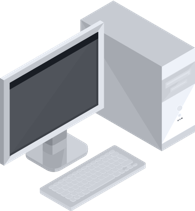
For agencies that don’t need/require a full API, the File Directory Interface provides a cost-effective solution.
- The file directory interface makes use of a shared file folder
- When a dispatch occurs, store files in the shared file folder, constantly monitored by the PURVIS FSAS
- Upon receipt of a new dispatch file, the system will automatically receive and automate an alert accordingly
SMTP (Email) Interface
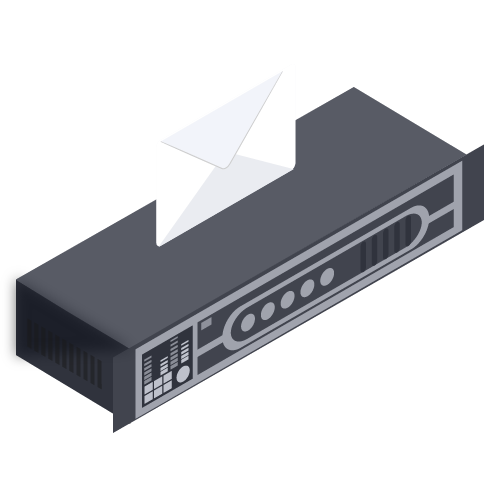
For agencies that don’t need/require a full API or are not allowed to integrate due to resource sharing, the Email Interface provides a cost-effective solution.
- Push an email with CAD information to the central server following a dispatch
- Allow for server to review the data within the email and automate the alert accordingly
- Requires less resources to deploy quickly and efficiently
SMTP (Email) Interface

Features & Benefits
- Most CAD systems are capable of generating an automatic email, which can be utilized to provide CAD information to the Central Server for alert purposes
- The email interface pushes an email with CAD information to the central server following a dispatch
- The server can review the data within the email and automate the alert accordingly
- Requires less resources to deploy quickly and efficiently
System Management
There are two ways authorized users can manage the PURVIS FSAS system:
FSAS Portal

- Allow authorized users to access the PURVIS FSAS system from ANY computer using an internet browser and network connectivity to the Central Servers on the network
- Allow for system administration or manual alerting
- Configure automated voice pronunciations
- Utilize existing computers and monitors; no need to purchase additional displays
FSAS Portal

Features & Benefits
- The secure, browser-based FSAS Portal allows authorized users to access the PURVIS FSAS system from ANY computer using an Internet browser (Edge, Chrome, or FireFox) and network connectivity to the Central Servers on the network
- Allows for system administration or manual alerting
- Access can be tailored based on login credentials
- For example, dispatcher access can be limited to manual dispatch functions
- Allows for access to reports and system configuration features
- Pronunciation of automated voice is easily modified through the Portal
- Utilize existing computers and monitors; no need to purchase additional displays
Dispatch Management (DM) Console
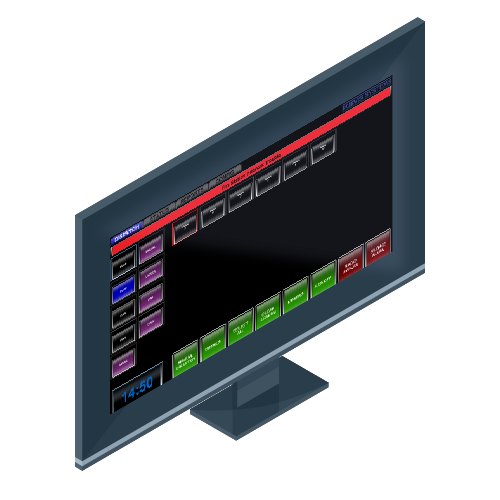
- Provide at-a-glance information about the PURVIS FSAS system and connected components like faults or active incidents, from a single touch screen screen
- Allow access to system administration and manual alerting
- Provide audible and visual alerts to notify of any network or system faults or failures
- Install with existing hardware for cost savings
Dispatch Management (DM) Console

Features & Benefits
- Utilize the large touch screen that allows a dispatcher to easily interact with the FSAS
- With intuitive buttons and a high-contrast screen, provide at-a-glance information about the PURVIS FSAS system and connected components
- View key information about the system, like faults or active incidents, from a single screen
- Easily and quickly allow for access to system administration and manual alerting
- Quickly access system reports
- Provide audible and visual alerts to notify of any network or system faults or failures
- Install with your existing hardware for cost savings
Station Alerting Overview
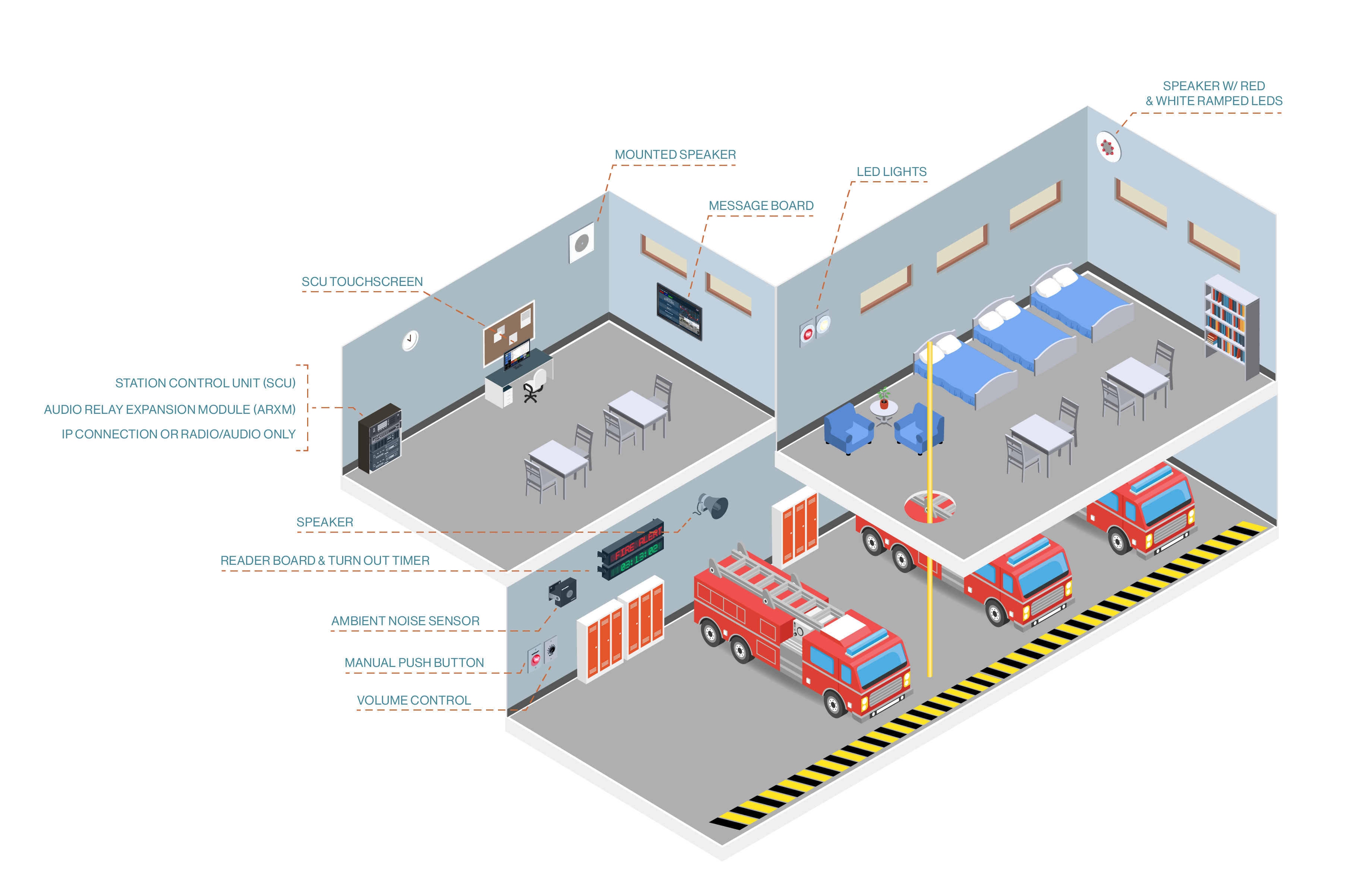
Within the fire stations, the PURVIS FSAS automates and streamlines station operations. All stations required for a specific event are alerted simultaneously via your existing network. Redundant alerting over radio, or a secondary data connection, ensures no loss of station alerting in the event of a network failure.
Key features include:
- Supports integration with legacy station equipment
- Clear Text-to-Speech technology
- Configurable for day/night alert settings
- Configurable alert tones
- Zoning capabilities and ramped audio technology reduce stress on first responders
- Incident data can be delivered to a variety of station devices, including printers, lights, and message boards
- Microphone functionality to support in-station paging operations
- Ability for station to acknowledge alert back to dispatch
Control
The FSAS streamlines operations and decreases response times at the station level by automating alerting throughout the station based on customer defined configurations.
Station Control Unit (SCU)
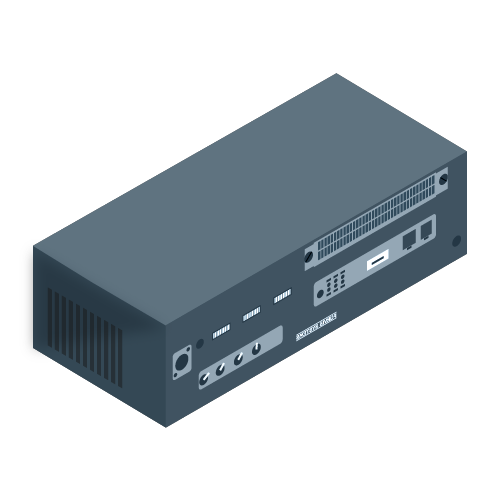
- Configure and customize to meet all requirements, needs, and wants
- Receive incident data and automatically activate/update any station electronics configured to the system
- Connect with existing station devices, such as speakers, lights, and printers
- Support additional contact relays for control over countless devices and peripherals
Station Control Unit (SCU)

Features & Benefits
- The Station Control Unit (SCU) in each station is responsible for receiving incident data from the servers via the station’s connection and automatically activating/updating any station electronics configured to the system
- The SCU is highly configurable and customizable to meet all requirements, needs, and wants
- Available with or without a touch-screen display
- Connect with existing station devices, such as speakers, lights, and printers
- Deploy tones and messages over station speakers
- Support additional contact relays for control over countless devices and peripherals
- Support multiple audio inputs, such as radio, phone, paging microphone, etc.
Station Control Unit - Essentials (SCU-E)

For departments that don’t need extensive peripheral devices and controls, the SCU – Essentials provides a cost-effective implementation.
- Receive just the essential incident data needed and automatically activate/update station electronics configured to the system
- Supports radio interface at station
- Supports the essentials at the station, such as a touch screen peripheral display, message boards, thermal printer, LED lights, and push buttons
Station Control Unit - Essentials (SCU-E)

Features & Benefits
- For departments that don’t need extensive peripheral devices and controls, the SCU – Essentials can provide a cost-effective implementation
- The SCU – Essentials is still responsible for receiving incident data and automatically activating/updating any station electronics configured to the system. However, this station controller covers just the essentials you need
- Can be activated through CAD
- Support radio interface at station
- Support the essentials at the station, such as:
- A touch screen peripheral display
- Message boards
- Thermal printer
- LED disc lights
- Push buttons
Remote Touch Screen
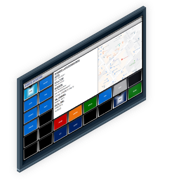
- Display critical FSAS related information including detailed incident information, general announcement messages, FSAS system status, date/time and historical logs
- Utilize simple, user-friendly interface that is intuitive and easy to use
- Serves as a local module within the station to allow crew to acknowledge incidents, manually test the system, and turn radio audio on/off by zone
Remote Touch Screen

Features & Benefits
- The optional FSAS SCU Touch Screen is a 22″ durable, touch monitor that displays critical FSAS related information including:
- Detailed incident information (including mapping)
- General announcement messages
- FSAS system status
- Historical logs
- Can be wall or desk mounted
- Utilizes a simple, user-friendly interface that is intuitive and easy to use
- Provides at-a-glance situational awareness
- Can serve as a local module within the station to allow crew to:
- Acknowledge incidents
- Manually test the system
- Manually activate/deactivate relays
Audio Relay Expansion Module (ARXM)
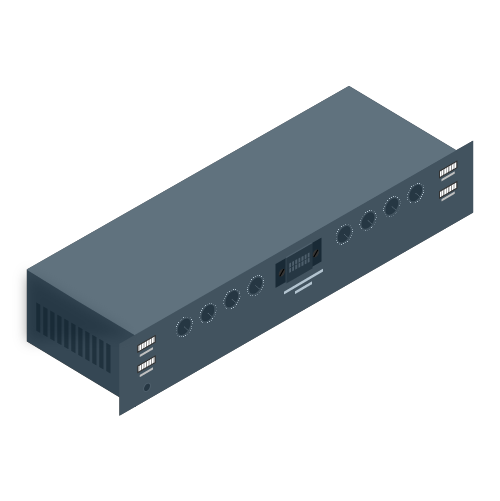
- Provide additional audio zone functionality and dry contact relays in a single module
- Available in 4 and 8 audio zone models, and 8 and 16 dry contact relay models, or a combination
- Configure to add modules as needed for further device control
- Support zoning capabilities
Audio Relay Expansion Module (ARXM)

Features & Benefits
- The rack-mounted ARXM provides additional audio zone functionality and dry contact relays in a single module for the purpose of controlling even more station devices
- Available in 4 and 8 audio zone models, and 8 and 16 dry contact relay models, or a combination thereof
- Comes with the ability to add additional modules as needed for further device control
- Supports zoning capabilities
Dorm Remotes
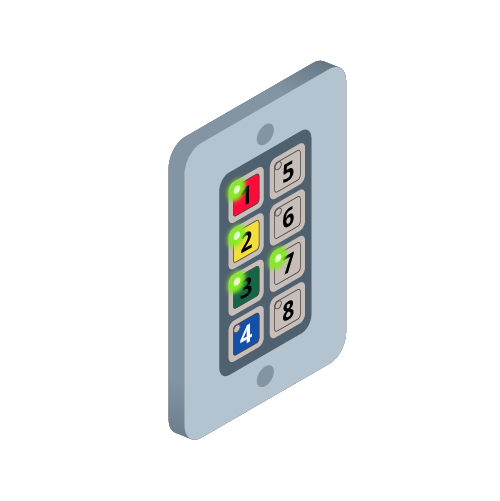
- Utilize up to 8 push-buttons configured to correspond with unit types assigned to a given station
- Configure the unit(s) that must be activated within a dorm
- Designate unit types such as Engine, Ladder, Rescue, Hazmat, EMS, Chief, etc.
Dorm Remotes

Features & Benefits
- The Dorm Remote is a wall-mounted device with 8 push-buttons configured to correspond with unit types assigned to a given station
- Using the Dorm Remote, a user can select the unit or units that must be activated within a dorm
- Unit types are highly configurable, and can include unit designations such as Engine, Ladder, Rescue, Hazmat, EMS, Chief, etc.
- Green LED light shows at-a-glance which units have been selected
Connectivity
How do you want alerts delivered to the stations? The PURVIS FSAS offers options for both radio connectivity and IP connectivity. When multiple paths for connectivity are deployed, the PURVIS FSAS does not require a “primary†and “secondary†alerting path. Instead, the system can send alerts over all available connections simultaneously.
The PURVIS FSAS maintains active IP connectivity to all Central Servers, Radio Interfaces, Station Control Units, and other connected station components and devices. The status of each connection is monitored in real-time using “heartbeats.†This back-and-forth communication allows the FSAS to verify connectivity.
If the PURVIS FSAS detectes a down connection, an automatic notification is immediately sent to dispatch, station, and support personnel.
IP Connection
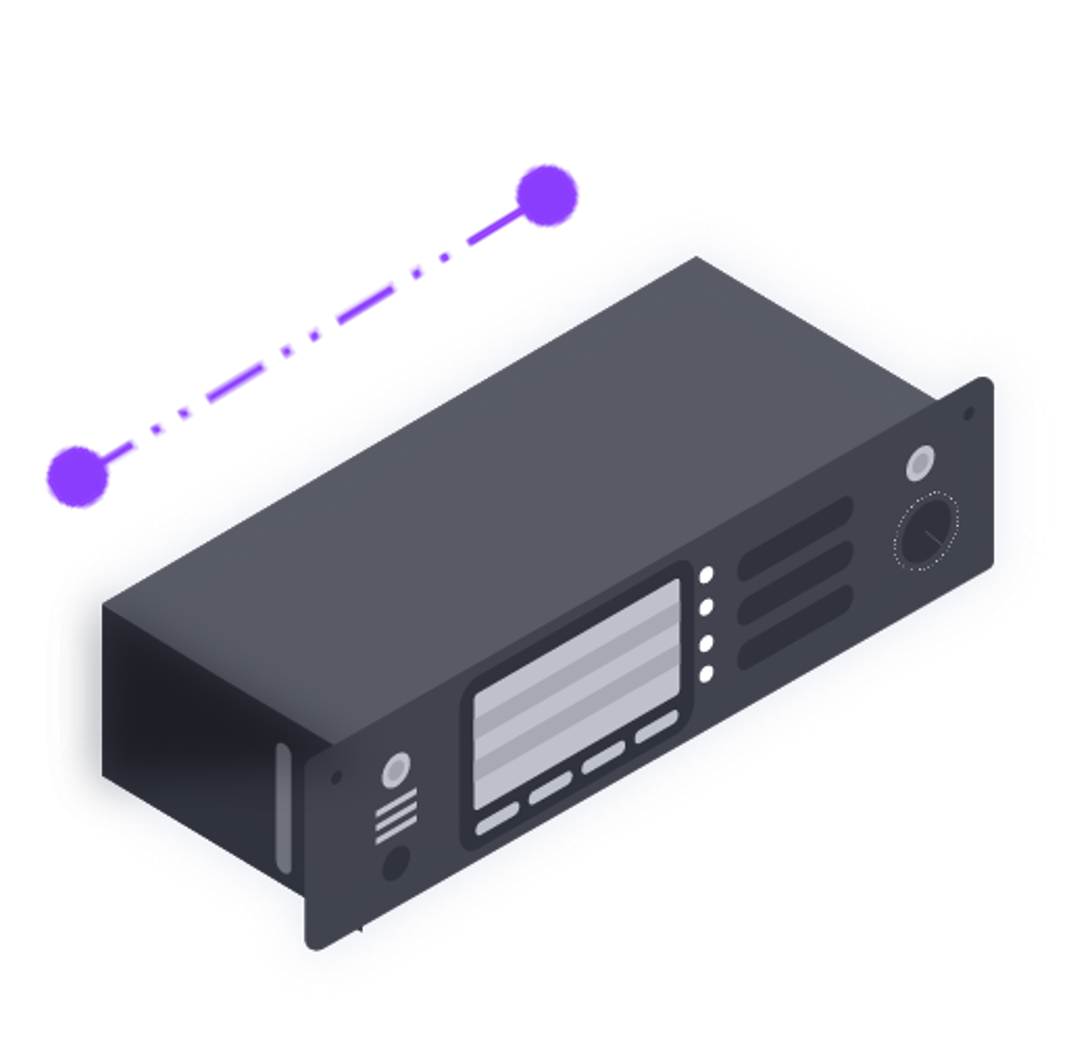
- Connect directly with an existing IP connection (can support 2 IP connections to each station) in the fire station for IP communications with dispatch
- Opt to utilize IP data over WAN, fiber, radio, cellular, or other connection types as a secondary IP alerting path
- Utilize a secondary IP path, to send dispatch alerts via data over both IP paths allowing the system to immediately activate when the first alert reaches the station
Radio - Audio Only
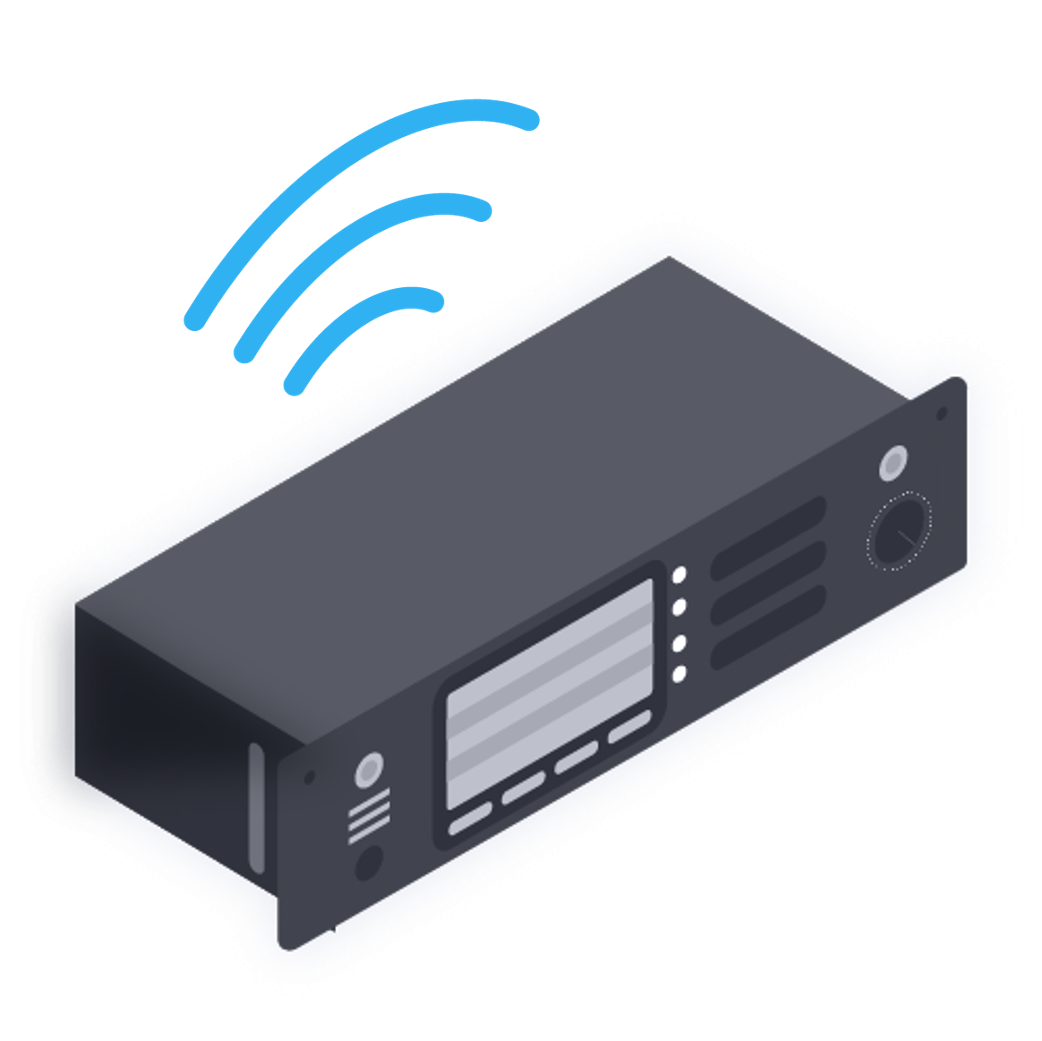
- Seamlessly connect the station radio to the PURVIS FSAS Station Control Unit to deploy radio audio over station speakers at any time
- Utilize radio as an automated form of backup alerting, in the event of an IP network failure
- Turn on-off as needed, by station zone, using the PURVIS FSAS Touch Screen
Radio - Audio Only

Features & Benefits
- The station radio can be connected to the PURVIS FSAS SCU
- Radio audio can be played over station speakers at any time
- In the event of an IP network failure on the IP network to the fire station, the radio can be used as an automated form of backup alerting
- Radio audio will automatically pass to the station speakers so that automated FSAS radio are heard within the station
- If the radio is tone activated, the PURVIS FSAS SCU can trigger an automatic station alert based on the tone activation on radio
- When IP connectivity is restored to the station, the PURVIS FSAS SCU will automatically go back into a normal IP operating mode and the radio audio will again be silenced
- Radio audio can be turned on-off as needed, by station zone, using the PURVIS FSAS Touch Screen
Audio Alerting
A key benefit to the PURVIS FSAS is its ability to integrate with a variety of commercially available, off-the-shelf (COTS) equipment and devices. In many cases, it is possible for a new FSAS to connect seamlessly to existing speakers and other audio devices, adding a cost-saving benefit to our clients.
Indoor Speakers
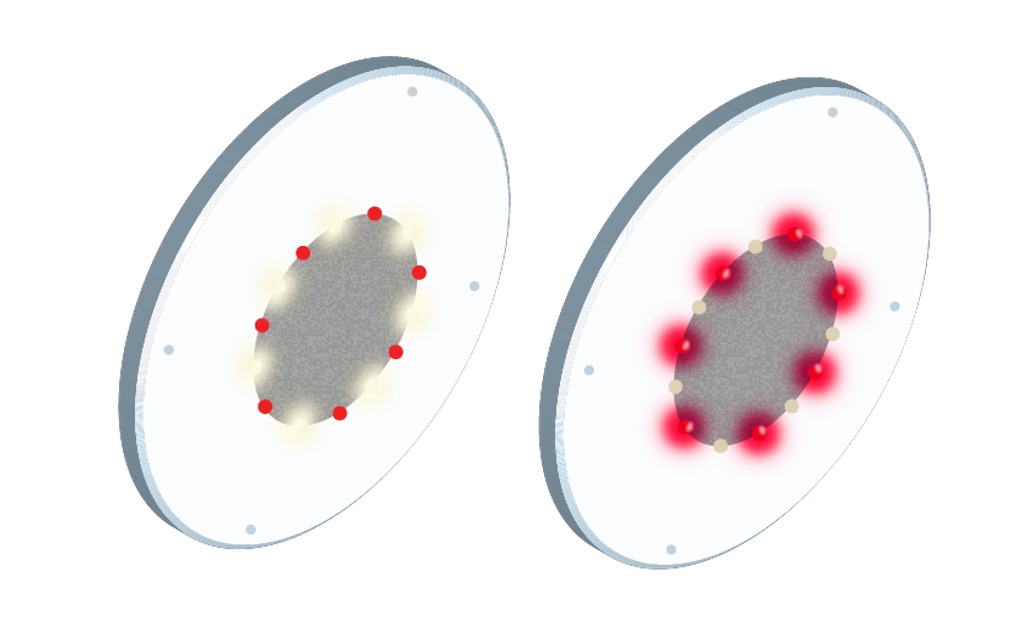
- Available with integrated red LED light ring, white LED light ring, or a combination of both
- Audio and integrated lighting can ramp in intensity
- Mount on surface or recessed into a ceiling
- Reduce startle effect and preserve night vision during a nighttime alert
- Deploy in support of multiple zones around a station
- Configure day/night settings to adjust volume depending on time of day
Indoor Speakers

Features & Benefits
- PURVIS offers a variety of speakers to meet the needs and infrastructure constraints of most fire stations
- Our 8″ self-amplified, or 25/70v speakers can be wall mounted in a 12″x12″ enclosure or recessed into a ceiling
- Available with integrated red LED light ring, white LED light ring, or a combination of both
- Can be surface mounted or recessed
- Typically installed in dorm rooms or hallways, speakers with the red LED light ring can be used to reduce startle effect and preserve night vision during a nighttime alert
- Can be deployed in support of multiple zones around a station
Bay/Outdoor Speakers
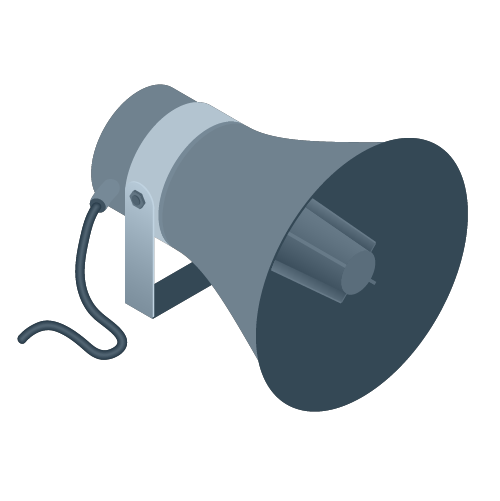
- Enable greater volume for larger areas
- When used in conjunction with an Ambient Noise Sensing device, speakers automatically adjust volume to be louder or softer depending on the amount of noise in a given area
- Deploy in support of multiple zones within a station
- Configure day/night settings to adjust volume depending on time of day
Bay/Outdoor Speakers

Features & Benefits
- The larger, self-amplified or 25/70v exterior grade speakers are suitable for both indoor and/or outdoor installations
- Capable of greater volume for larger areas, such as an outdoor speaker or for use in a drive-bay
- When used in conjunction with an Ambient Noise Sensing device, the speakers automatically adjust volume to be louder or softer depending on the amount of noise in a given area
- Can be deployed in support of multiple zones within a station
- Can be configured with day/night settings to adjust volume depending on time of day
Omnidirectional Speakers

- Omnidirectional speakers can be used in large, open areas where announcements need to be heard clearly throughout the space
- When used in conjunction with an Ambient Noise Sensing device, speakers automatically adjust volume to be louder or softer depending on the amount of noise in a given area
Volume Control
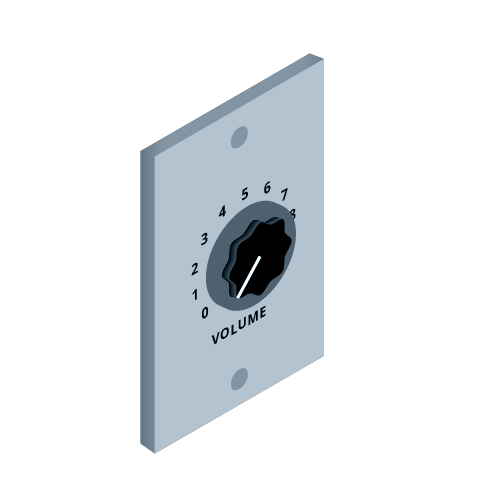
- Remotely control the volume of interior and exterior speakers
- Configure to adjust the volume of one or more connected speakers
- Adjust volume quickly, as needed
- Fit within a single gang electrical box
Ambient Noise Control
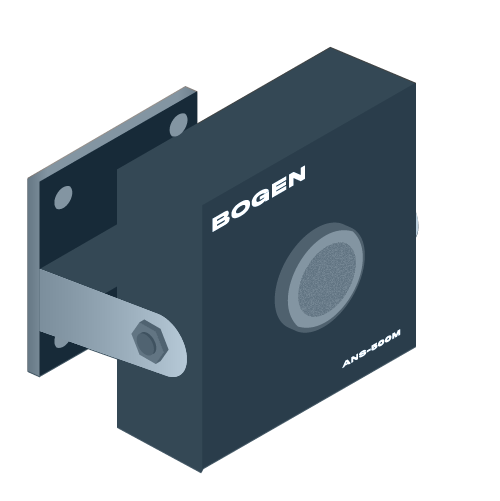
- Detect ambient background noise
- Automatically increase the volume of any audio being played by associated speakers as needed
- Ensure critical audio alerts are audible over any background noise
Visual Alerting
A key benefit to the PURVIS FSAS is its ability to integrate with a variety of commercially available, off-the-shelf (COTS) equipment and devices. In many cases, it is possible for the PURVIS FSAS to connect seamlessly to existing lights and other devices, such as printers, already in a station.
Tower Lights
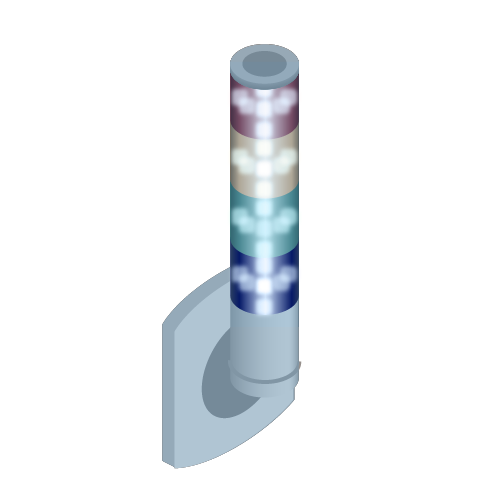
- Enable up to 5 individual color segments: white, blue, green, amber, and red
- Customize colors to indicate responding units
- Customize colors to activate automatically based on the type of alert
Red/White Lighting
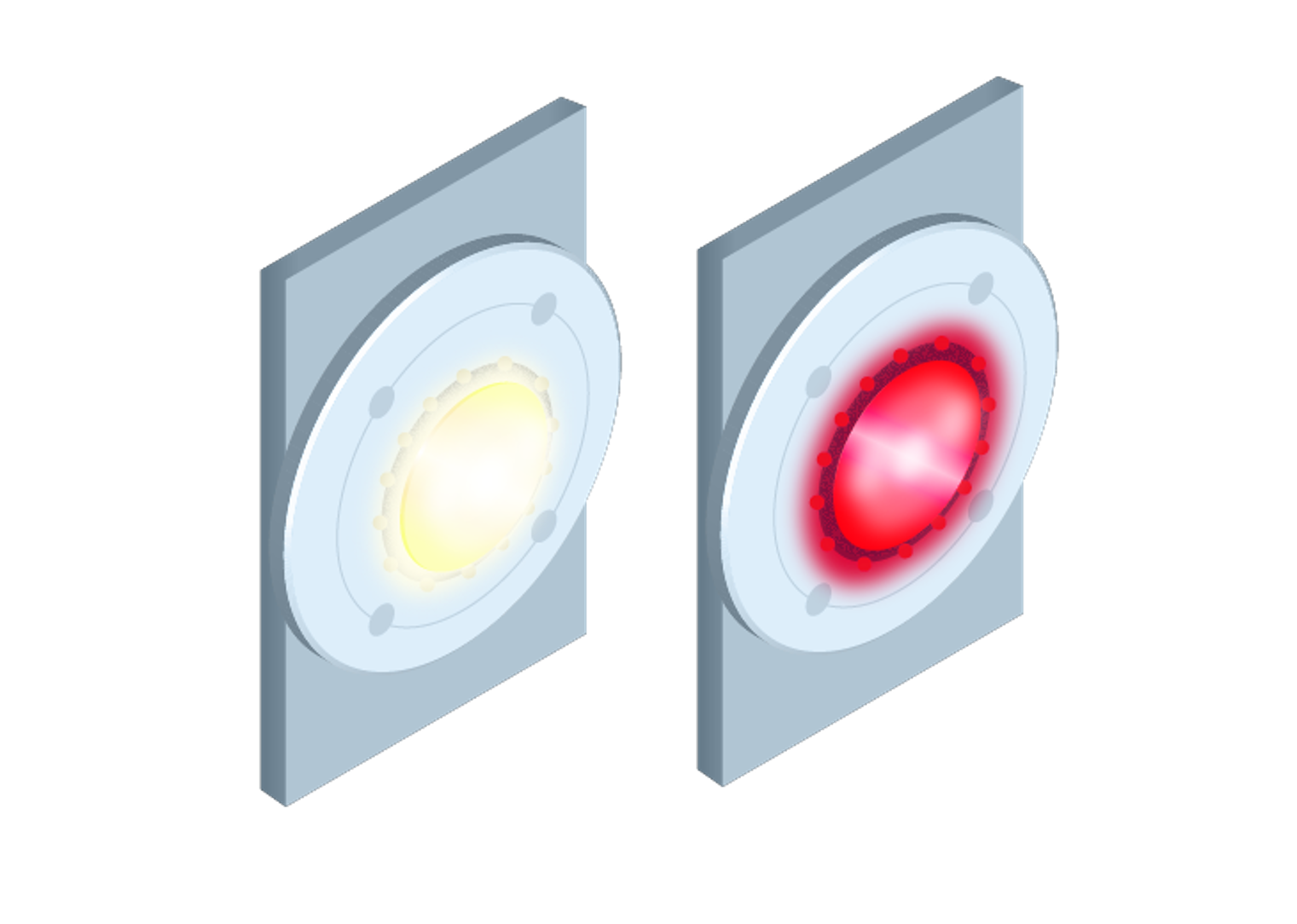
- Illuminate bunk rooms and hallways to provide safe egress at night with the standalone 3.5″ low-intensity light
- Utilize red light at night to reduce the startle effect of a nighttime alert and preserve night vision
- Support zoning features
Strobe Light
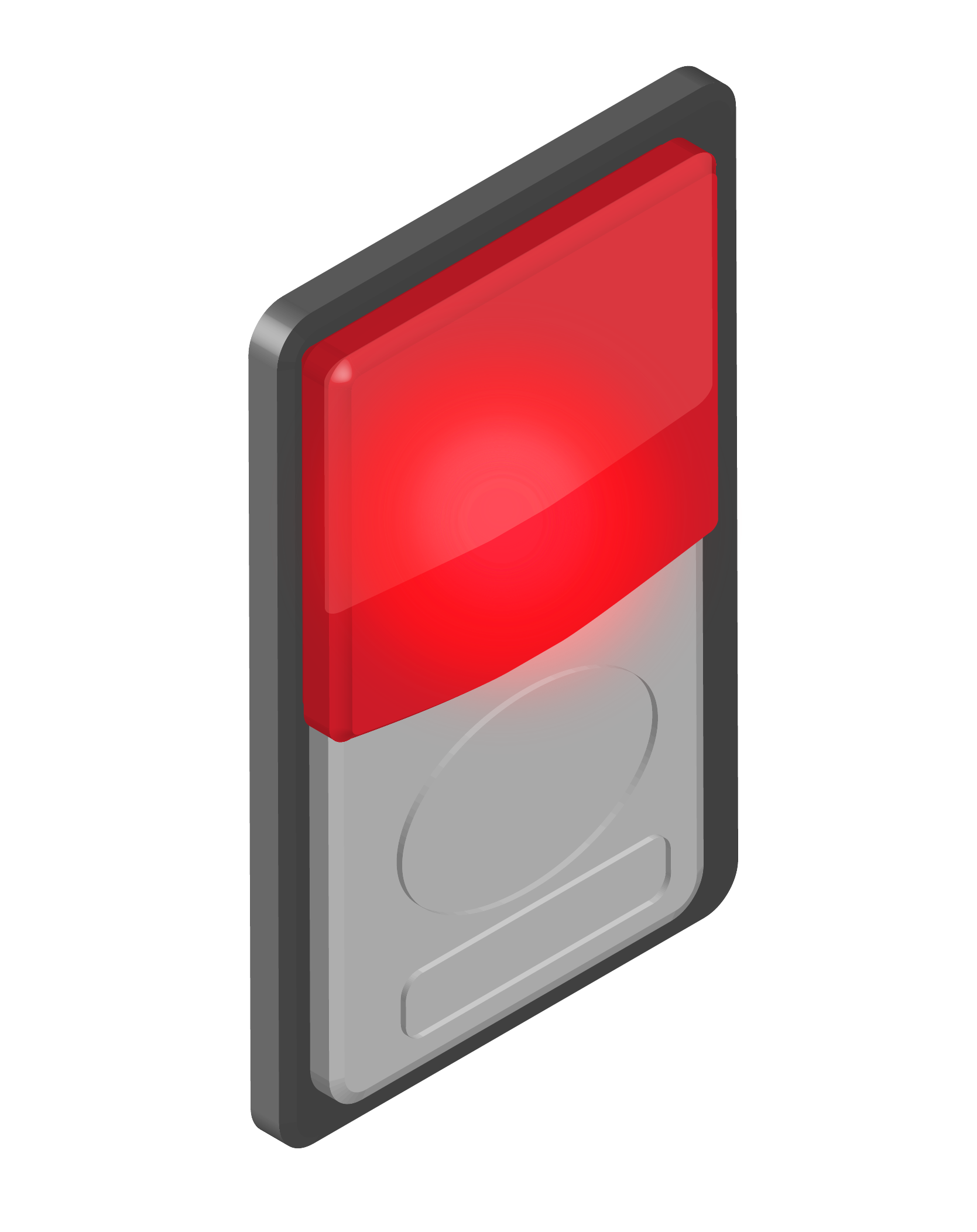
- Illuminate bunk rooms and hallways to provide safe egress at night with the 3.5″ low profile light
- Provide 450 lumens of a red visual alert
- Support zoning features
Message Boards
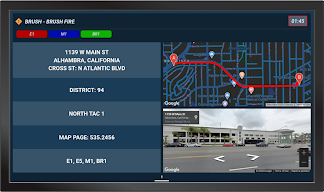
- Customize to display key incident alert information, including but not limited to address, cross streets, responding units, incident type, and turnout times
- Display configurable idle screen if there is no active incident
- Schedule web-based messages displaying content such as weather or traffic pages
- Enable high visibility to enhance situational awareness
Message Boards

Features & Benefits
- Flat panel Message Board is a 1080p LED display available in a variety of sizes ranging from 13″ to greater than 60″
- The display is wall mounted and configured to display key incident alert information, including but not limited to address, cross streets, responding units, incident type, and turnout times
- Offers instant, at-a-glance access to key incident details
- Customizable to display desired information
- Can be wired or wireless in a station
- Map of incident and turn by turn directions from the station to the incident can be displayed
- If there is no active incident, the idle screen of the Message Board can display:
- An active list of all incidents
- White board messages scheduled and posted by the department, such as training announcements, road closures, weather events, etc.
- Web-based content such as weather or traffic pages
Turnout Timer
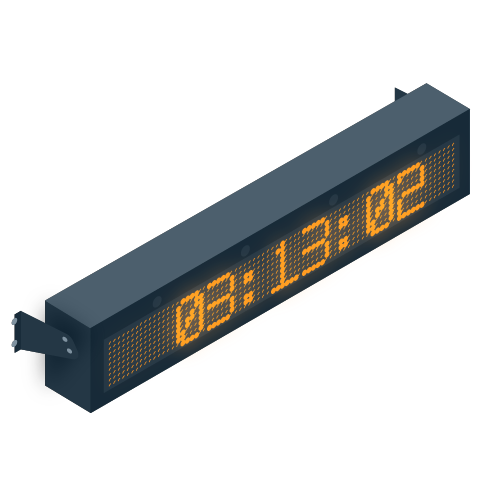
- Display a wall-mounted timer that counts upward in 1-second increments once an incident in received at a fire station and stops once the incident clears at the station
- Enable high glare visibility
- Low maintenance
Printers

- Instantaneously print key incident information prior to leaving the station with the rip-and-run style printer
- Configure incident information to include incident type, address, and apparatus dispatched
- Decrease the likelihood of failures associated with ribbons, toner, ink cartridges, and paper
Printers

Features & Benefits
- The FSAS Printer is a thermal style, rip-and-run printer
- Configure incident information to include incident type, address, apparatus dispatched, and other comments that can be configured based on an agency’s needs
- Thermal printer decreases likelihood of failures associated with ribbons, toner, ink cartridges, and paper
- Incidents received by the system are sent automatically and immediately to the printer
Reader Boards
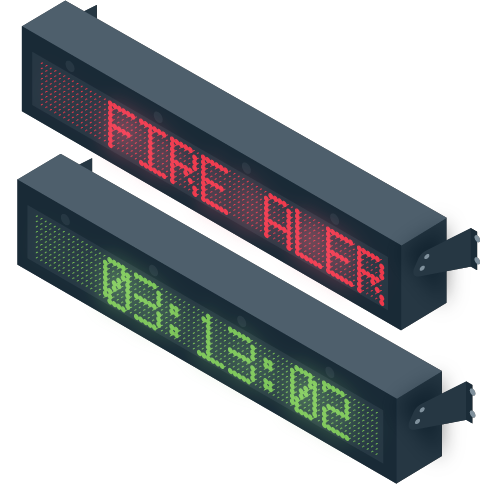
- Available in 24″, 36″, 48″ and 60″ sizes
- Display incident address, cross street, common name, responding units, incident type, and turn-out time
- The LED displays are easily readable at great distances making them ideally suited for installation in drive bays or other large spaces where high visibility is required.
Other Station Devices
PURVIS offers additional station devices for the purpose of increasing security, situational awareness, and quick manual functions, such as system activation or incident acknowledgement.
Cameras

- Install at the front door of the station
- Configure camera to provide video/audio feed into the station, when integrated with a doorbell that has microphone and speaker functionality
- Configure audio/camera feed to automatically route to the dispatch center if doorbell activation is not answered by station personnel
Cameras

Features & Benefits
- The PURVIS FSAS camera can be installed at the front door of the station
- When integrated with a doorbell that has microphone and speaker functionality, the camera can be configured to provide a video and audio feed in the station which improves the safety of station personnel
- Personnel can interact with visitors prior to opening the door
- The camera/audio feed can be configured to automatically route to the dispatch center if a doorbell activation is not answered by station personnel within a configurable length of time
- This allows visitors to get immediate assistance if station personnel are away or unavailable
Doorbells
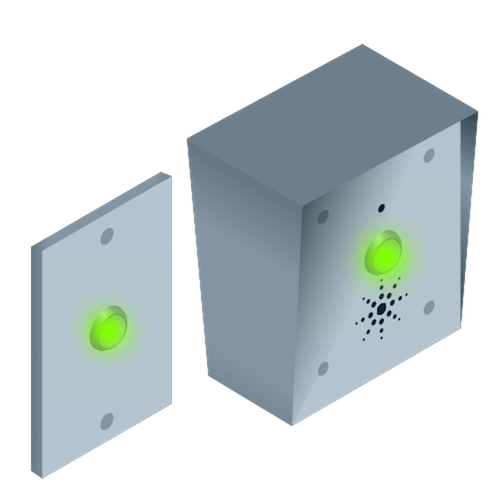
- Install at a station’s public entrance
- Connect to the PURVIS FSAS SCU or SCU-E
- Upon activation, the PURVIS FSAS will alert the fire station via a configurable audible announcement that can be tailored to each installed doorbell
- Weatherproof housing
Manual Push Buttons
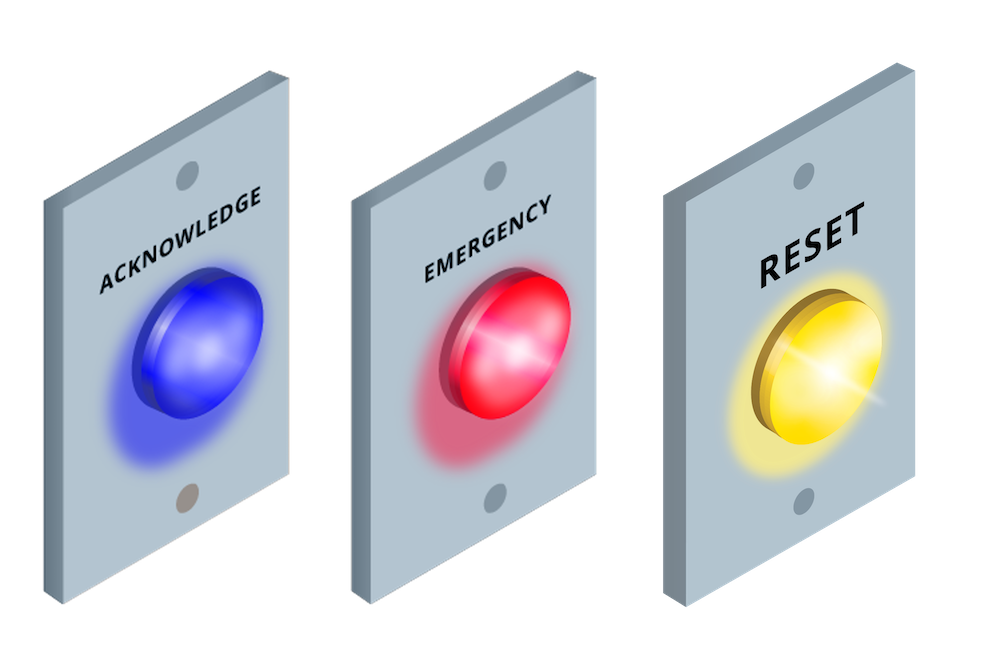
- Install at any location
- Configurable for a variety of operations, including:
- Alert acknowledgement, which will send a message to dispatch indicating acknowledgement
- Manual system activation for station walk ups or emergencies
- System tests
Unit Presence Detector
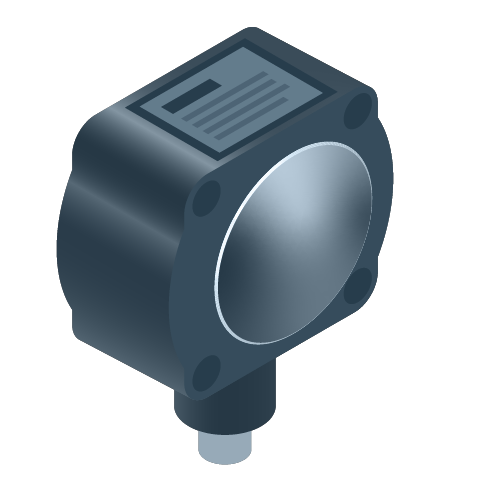
- Provide automatic detection of an apparatus in a drive-bay location
- Use information to automatically record turnout time on a unit by unit basis
- Access turnout timer reports generated for each unit and each incident
Uninterruptible Power Supply
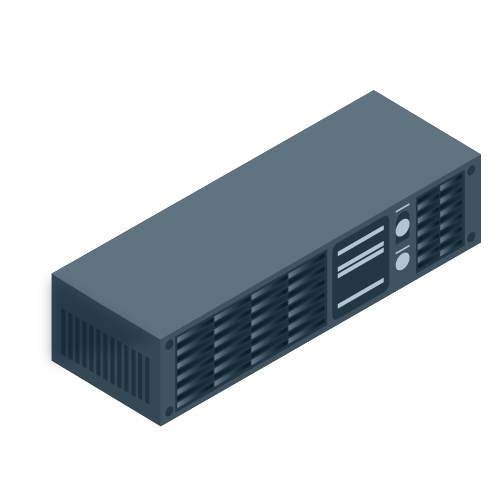
- Provide backup power to essential PURVIS FSAS equipment (including SCU) in the event of a power outage at the station
- Utilize various UPS options available to provide backup power, typically from 30-120 minutes or more
- Monitor and alert the PURVIS FSAS when the system in a station is on UPS backup power
Radio Alerting Overview
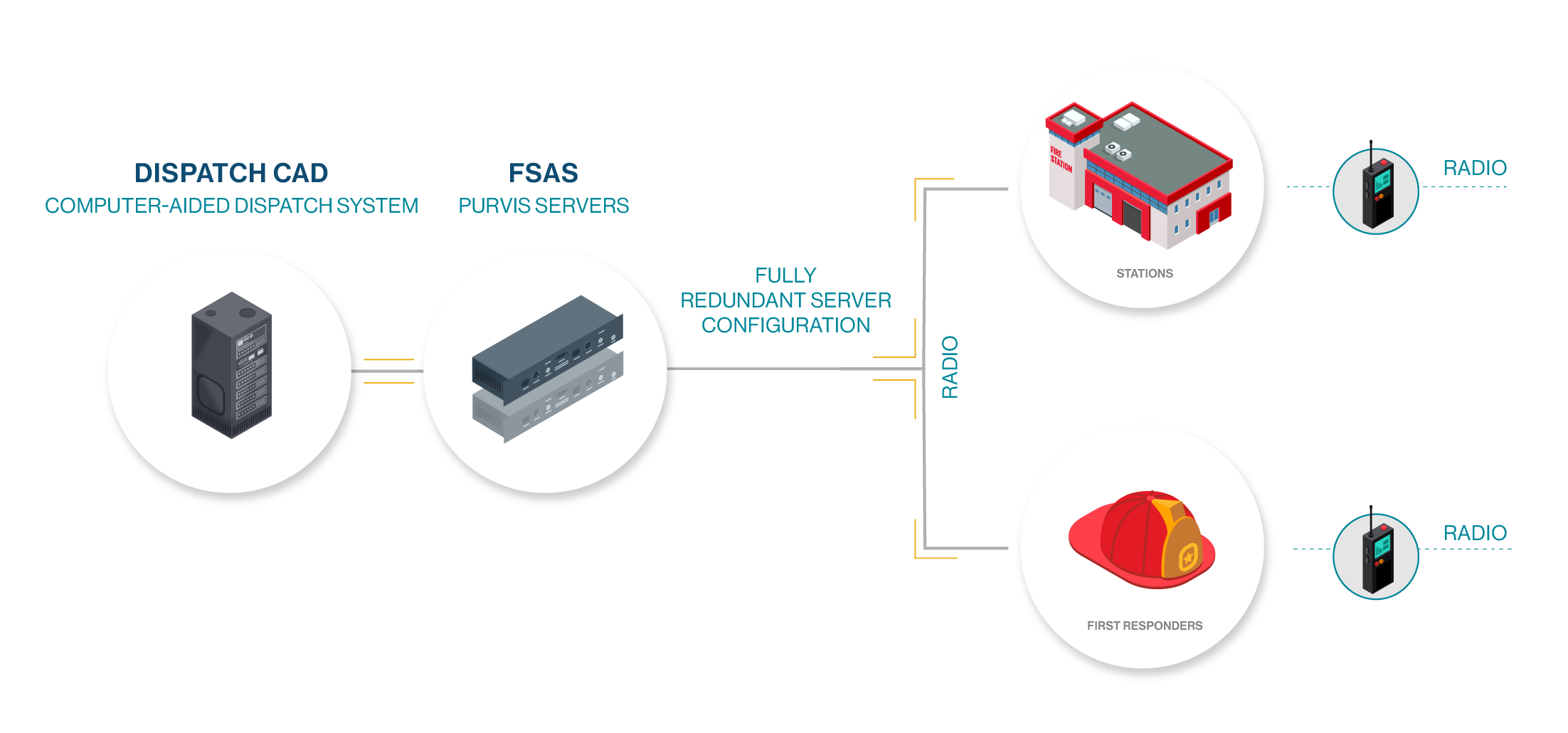
A radio interface allows the PURVIS FSAS to communicate with your radio system for redundant and on-air dispatching purposes. PURVIS currently has three options for connecting the FSAS with radio systems:
- Console Interface
- Radio Interface Unit
- Gateway Interface
Radio Interface
Console Interface

- Interface supports Automated Voice Announcements containing incident details (address, cross streets, incident type, units dispatched, tach channels, etc.)
- Digital and Analog Paging, including:
- Call Alert
- QCII
- Paging Groups
- DTMF
Console Interface

Features & Benefits
- The PURVIS FSAS Motorola MCC7500 Console Interface allows the FSAS to automatically transmit over radio both automated voice announcements and digital/analog paging
- Requires the Motorola MCC7500 dispatch console
- Software & hardware based interface connects to the Motorola MCC 7500 Console and allows seamless selection of channels/talk groups
- Interface supports:
- Automated Voice Announcements containing incident details (address, cross streets, incident type, units dispatched, tach channels, etc.)
- Digital and Analog Paging, including:
- Call Alert
- QCII
- Paging Groups
- DTMF
Radio Interface Unit
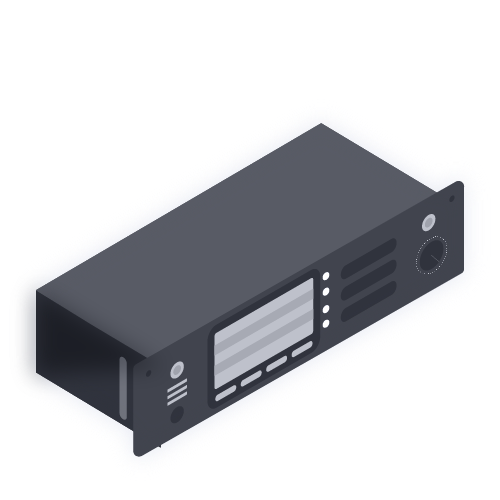
- Send automated text-to-speech (TTS) announcements over the radio network
- Send simultaneous alert to the fire station(s) over the IP alerting network
- Support as many channels or talk groups as required
- Send analog tones to activate radio paging devices such as Minitor Pagers and Federal Informer Receivers
Radio Interface Unit

Features & Benefits
- The Radio Interface Unit sends automated text-to-speech (TTS) announcements over the radio network at the same time that the data-based alert is sent to the fire station(s) over the IP alerting network
- Requires a dedicated radio for each channel or talk group
- Support as many channels or talk groups required
- Send analog tones to activate radio paging devices such as Minitor Pagers and Federal Informer Receivers
Gateway Interface
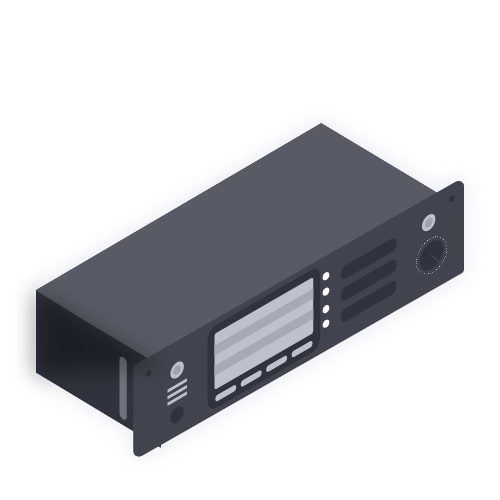
- Connects to the required Motorola Conventional Channel Gateway (CCGW)
- Utilize the same functionality as the Radio Interface, but dedicated radios for each channel or talk group are not required
- Support as many channels or talk groups as needed
- Send analog tones to activate radio paging devices such as Minitor Pagers and Federal Informer Receivers
Mobile Alerting Overview

Situational awareness is critical when responders are on the go. With that in mind, the PURVIS FSAS offers the ability to transmit alerts and other incident information beyond the station via email, SMS, and our Mobile Application.
View FeaturesMobile Interface

- Automatically transmits station and dispatch alerts and system trouble notices to relevant and pre-designated fire/EMS personnel
- Configure to ensure emails are sent securely, automatically, and to the appropriate personnel
Mobile Application

- Provide authorized personnel with incident information and administrative alerts via an iOS or Android device
- View incident location on the user’s preferred mapping application, including turn by turn navigation
- Access the incident timer
- Alert personnel as individuals or groups, or by location
- Configure availability modes for on/off duty status
SMS
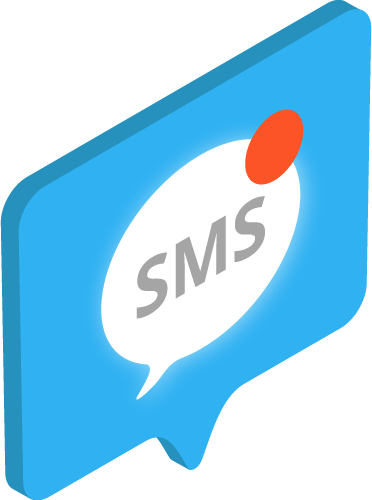
- Deliver critical incident information via SMS text messages to any iOS or Android device
- Seamlessly connect to all major cell carriers
SMS

Features & Benefits
- Unlike other station alerting systems, the PURVIS FSAS is capable of sending out true SMS text messages versus using an e-mail gateway to deliver the messages, which can get delayed or blocked by SPAM filters and cell-carriers
- All SMS messages are sent through a text message aggregator that has relationships with all major cell carriers
- The aggregator delivers the messages to the cellular carriers who then ultimately deliver the messages to the recipients’ devices
Email a Summary of Your Selections

Automated Dispatch (0)
You did not make any Automated Dispatch selections. Please navigate to the Automated Dispatch to make selections.
Station Alerting (0)
You did not make any Automated Dispatch selections. Please navigate to the Station Alerting to make selections.
Radio Alerting (0)
You did not make any Automated Dispatch selections. Please navigate to the Radio Alerting to make selections.
Mobile Alerting (0)
You did not make any Automated Dispatch selections. Please navigate to the Mobile Alerting to make selections.
Email Summary Details
Send an email with these build details.
Results We’ve Driven
200
+
Fire and EMS Departments use the PURVIS FSAS
30
million +
US population protected by a fire/ems agency using a PURVIS FSAS solution
1,200
+
Fire station installations of the PURVIS FSAS
Helpful Resources
Talk to an Expert
Regardless of your size or location, our 45+ years of experience in public safety uniquely equips us to understand our clients’ needs and challenges then develop, implement, and support solutions that bring peace of mind. We’d love to hear about some of your organization’s unique challenges and needs, and then design a custom-tailored plan to help address your concerns. Reach out if you’re interested in learning more or have questions for our team.
